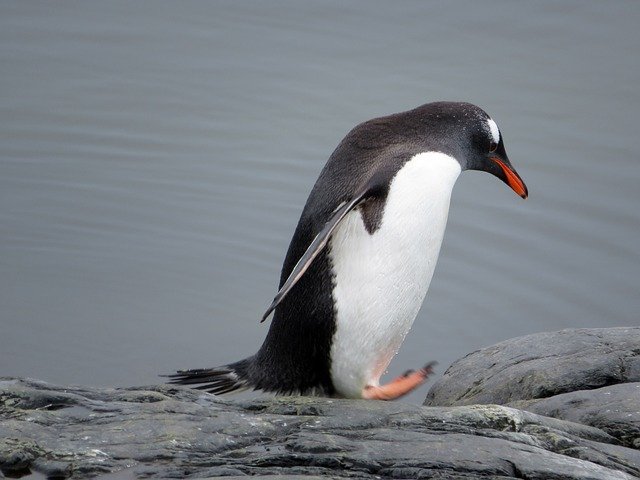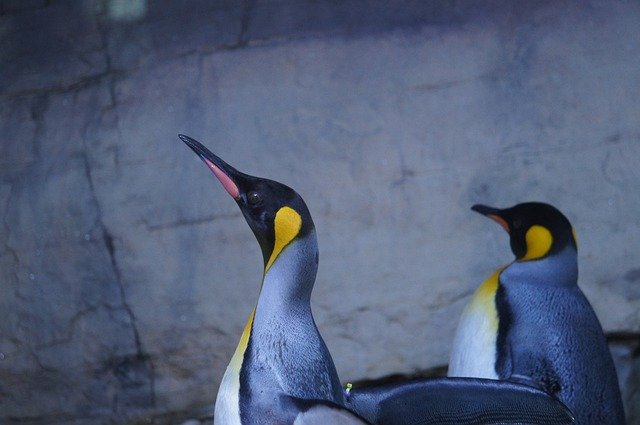
Penguin Adaptations: Mastering Life in the Harsh Antarctic Environment
Penguins are remarkable birds that have evolved a range of adaptations allowing them to thrive in one of the most extreme environments on Earth: the Antarctic. With frigid temperatures, icy landscapes, and limited food resources, these flightless birds have developed unique traits that enable them to survive and reproduce in such a challenging habitat.
Physical Adaptations
1. Streamlined Bodies
Penguins have streamlined bodies that reduce drag while swimming. This adaptation allows them to move swiftly through the water, making it easier to catch fish and evade predators.
2. Insulating Feathers
Their feathers are densely packed and waterproof, providing excellent insulation against the cold. Penguins have a layer of down feathers beneath their outer feathers, which traps heat and keeps them warm in freezing temperatures.
3. Counter-Current Heat Exchange
Penguins possess a specialized circulatory system that helps conserve body heat. The blood vessels in their flippers and feet are arranged in a way that allows warm blood to heat up the cooler blood returning to the body, minimizing heat loss.
Behavioral Adaptations
4. Huddling for Warmth
During harsh weather, penguins engage in a behavior known as huddling. By gathering in large groups, they reduce exposure to the wind and conserve heat, ensuring their survival in extreme conditions.
5. Efficient Foraging Techniques
Penguins have developed sophisticated foraging techniques. They can dive to great depths and hold their breath for extended periods while hunting for fish, krill, and other marine life.
6. Nesting Strategies
Many penguin species build nests using pebbles or burrow into the snow to protect their eggs from the cold. This behavior is crucial for the survival of their young in the unforgiving Antarctic environment.
Reproductive Adaptations
7. Egg Incubation
Penguins exhibit unique reproductive strategies, including male incubation. In species like the Emperor Penguin, males take turns incubating the egg on their feet, keeping it warm under a flap of skin known as the brood pouch.
8. Chick Rearing
Once hatched, penguin chicks are cared for by both parents, who take turns foraging for food and keeping the chicks warm. This cooperative breeding strategy increases the survival rate of the young.
Conclusion
Penguins are a testament to the power of evolution and adaptation. Their ability to thrive in the harsh Antarctic environment is a result of a combination of physical, behavioral, and reproductive adaptations. As climate change continues to impact their habitat, understanding these adaptations becomes crucial in efforts to protect and conserve these incredible birds.
Further Reading
- National Geographic: Penguins
- World Wildlife Fund: Antarctic Penguin Species
- BBC: The Secret Lives of Penguins
Feel free to share your thoughts or experiences with penguins in the comments below! 🐧
